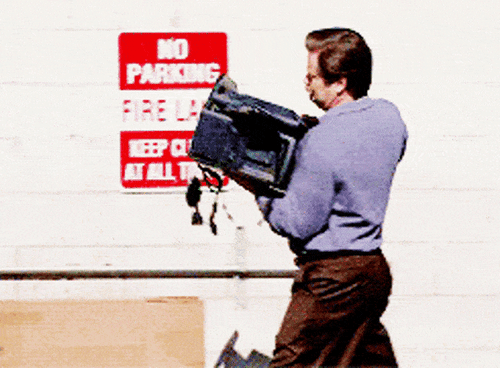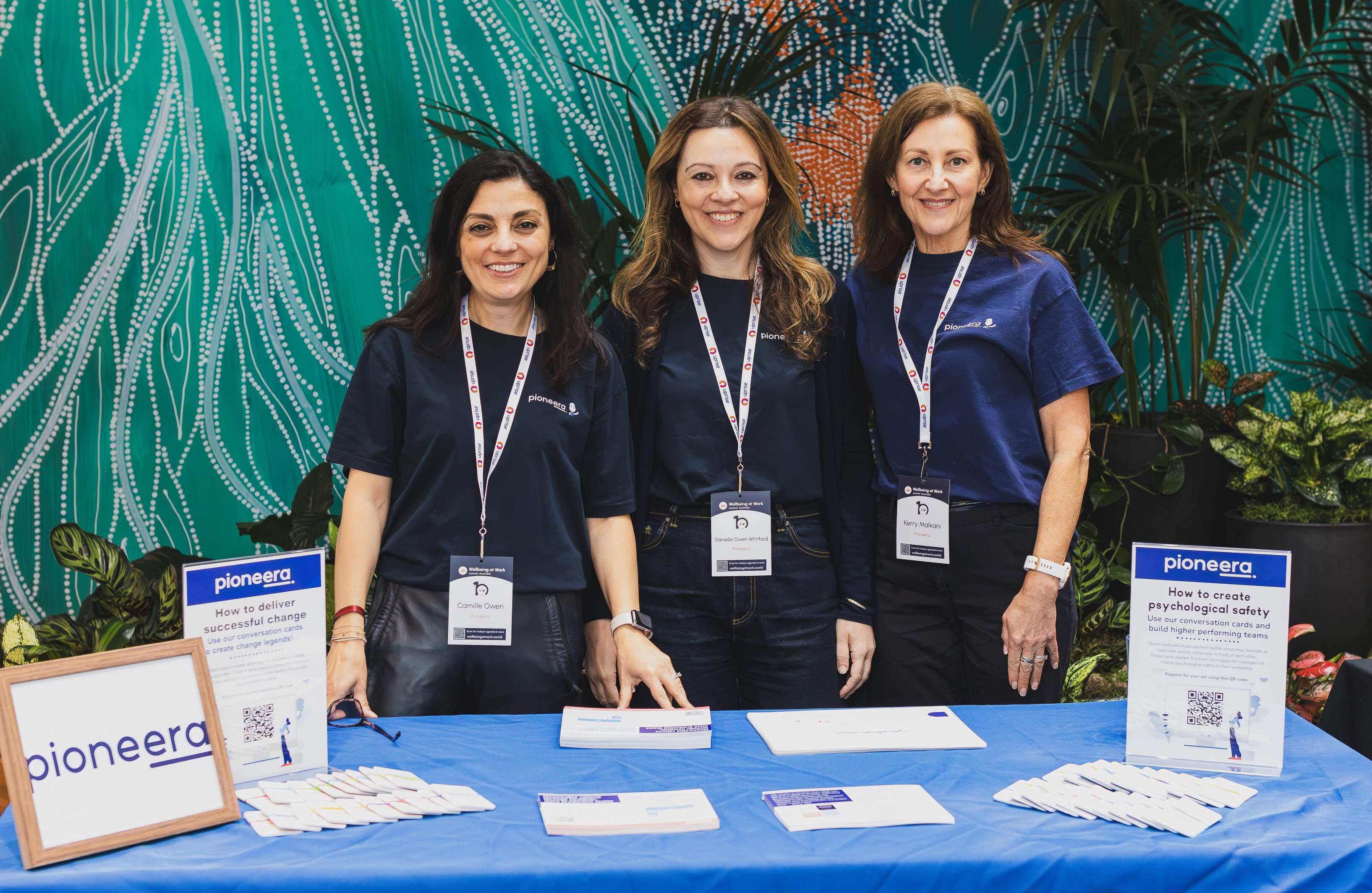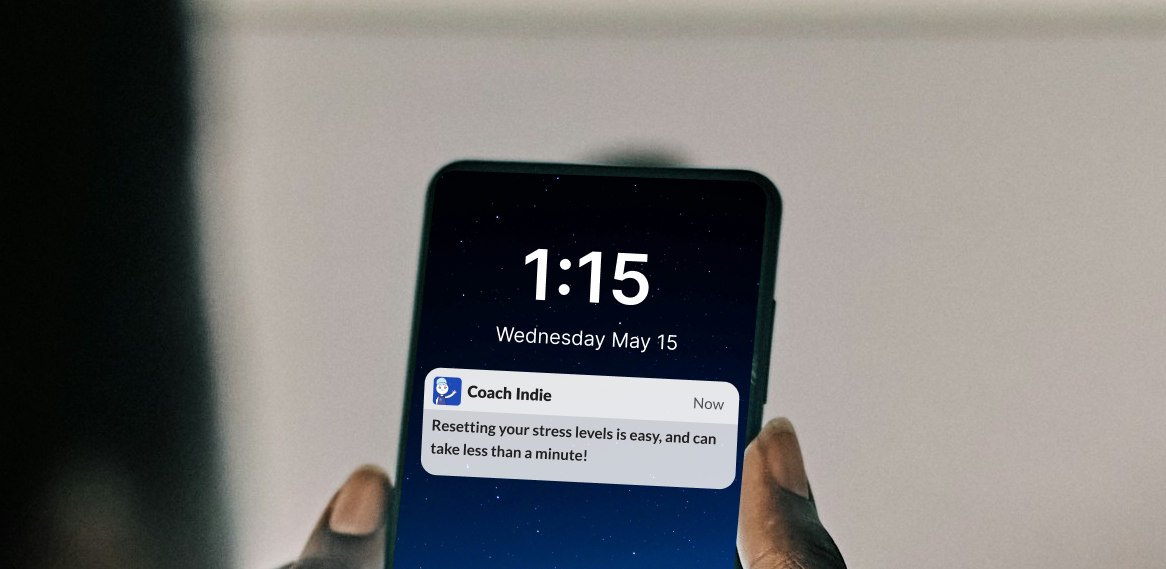What is Toxic Productivity, and is it real?
Yes, it is real! More than just a buzzword, toxic productivity is a real phenomenon that can happen when people regularly feel like they need to achieve or create something to the detriment of their mental health and wellbeing.
8 Signs of Toxic Productivity in employees can be:
- Working long hours with no rest or not taking regular breaks
- Consistently missing deadlines
- Putting work above personal life
- Expressing guilt or productivity shame for taking breaks
- Working excessive unpaid hours
- Often tired or distracted in meetings
- They have no holidays or time off scheduled
- They reticently celebrate their goals before moving on to the next big thing.
How many of these signs can you notice in your team members?
4 ways to help people oppose Toxic Productivity.
1. Encourage boundaries - As more workplaces settle into 100% remote or hybrid working situations, work and home life boundaries can blur. Toxic productivity can lead people to work too hard for too long.
If people cannot set boundaries and take back their time, you need to encourage this and lead by example by setting your own.
According to research done by Asana - “37% of knowledge workers say their days don’t have a clear start or finish time when they work remotely. As a result, 38% of employees spend more time checking emails outside business hours when they work remotely, and 35% spend more time thinking about work during free time.”
2. Enable detachment from work technology -

According to the American Psychological Association, taking breaks makes you MORE productive and increases your job and life satisfaction. But taking a break can be made harder by technology enabling us to always be online.
If you offer work tools of the trade, such as laptops and mobiles, offer a safe storage space for employees to leave their tools at work if they choose to.
Suggest they set themselves as “inactive” from messaging services and turn off notifications outside work hours. Encourage them to set their chosen working boundaries within their email signatures.
For example: “Please Note: I will not engage in work emails after 7 pm or on weekends.”
You should also lead by example by ensuring you don’t email or message outside work hours. Get used to hitting that “schedule” button on your emails and Slack messages to allow people to experience uninterrupted time off.
3. Offer the right tools and upskill -
Focus on streamlining processes so your people can be more effective. Offer workplace management tools (and training) that ensure everyone is on the same page about ways of working and the management and prioritisation of tasks.
Not everything is urgent and important. Helping the team set goals will help to differentiate between tasks they must do immediately and those that can wait. The bonus? There will be less “work about work” (aka meetings that could have been an email) and more focus.
Upskilling and cross-skilling people within your business and enabling them to develop the habit of continuous self-education is a strong motivator towards positive productivity.
4. Lead by example -
None of the above works if you don’t practice what you preach as a leader. Behavioural change filtered down from the top will be far more effective than mandating change and not following your own rules.
Is there such a thing as Positive Productivity?
Yes! The flip side of the coin to Toxic positivity is the Positive antidote.
At Pioneera, we define Positive Productivity as the intersection of mental wellness and productivity!
Research by the Harvard Business Review on positive organizational psychology demonstrates that Toxic productivity is a cut-throat environment harmful to productivity over time and states that a positive environment leads to dramatic benefits for employers, employees, and the bottom line.
However, Positive Productivity does not exist in a vacuum and won’t happen organically. It needs to be fed from the top down by the leadership. Business leaders must focus on supporting individuals in their search for positive productivity and increasing positive working cultures.
The Positive Productivity Score - By Pioneera.
.png?width=500&height=375&name=image%20(30).png)
Through our AI bot Indie, we are leading the development of the Positive Productivity Score ('PPS'), which measures the capability of an individual to perform their best - in other words, to sustain high productivity - in real-time.
It moves the human qualities of resilience, capacity and focus from the theoretical into the practical and enables them to be measured in real-time.
Using real-time assessment, we provide instant support to improve wellbeing and productivity, so everyone can unleash their potential, and we do this safely and privately. Find out more about how we measure productivity in real time.
-1.png)






